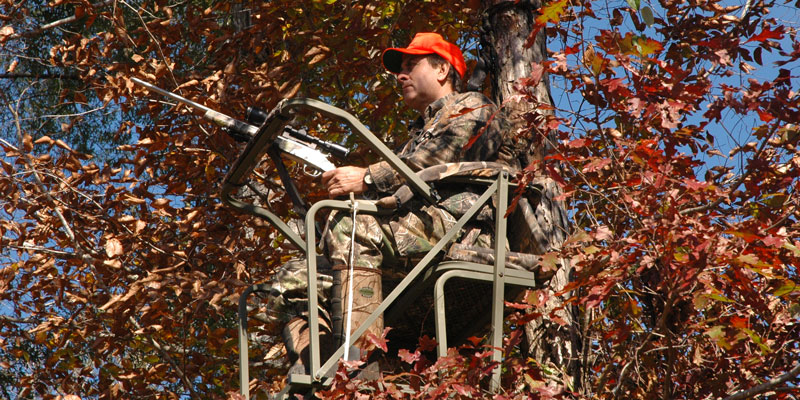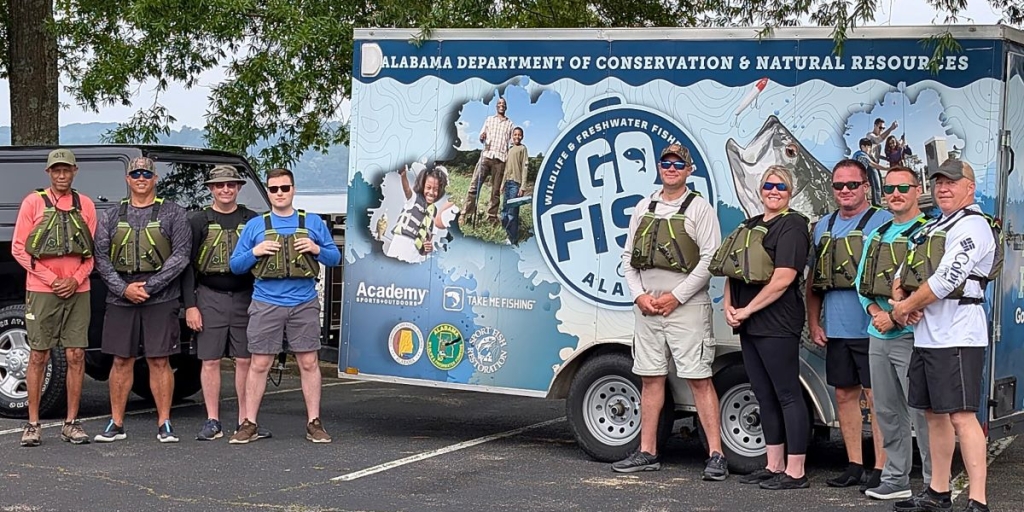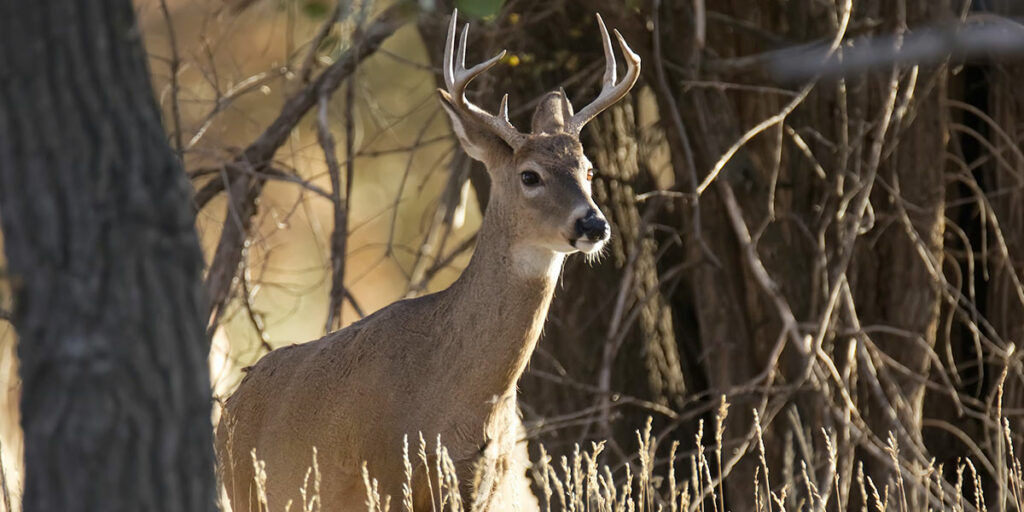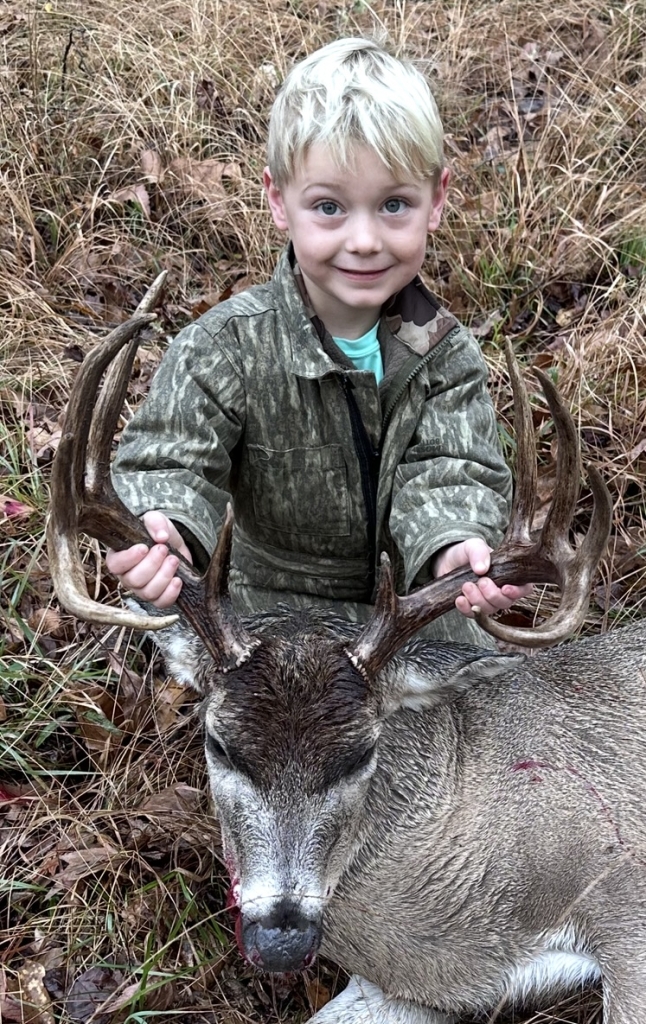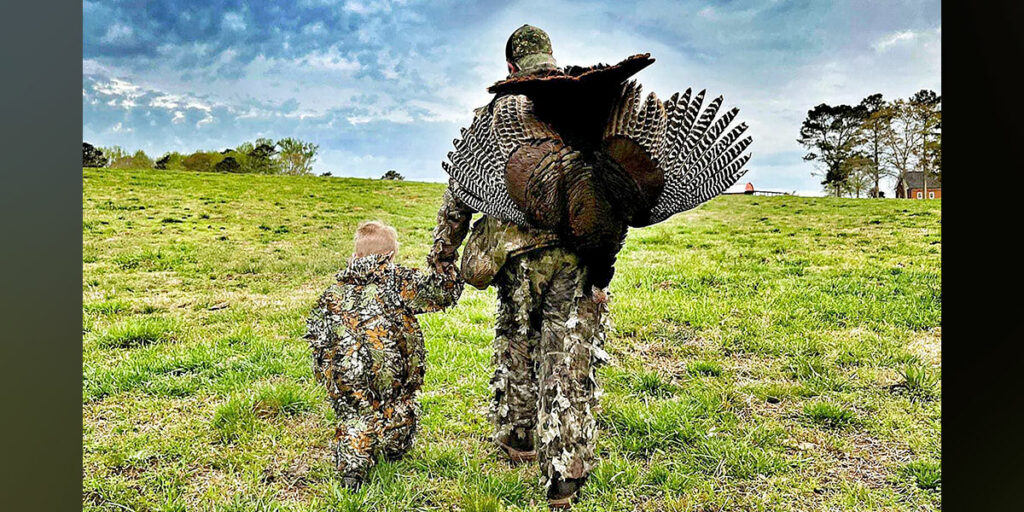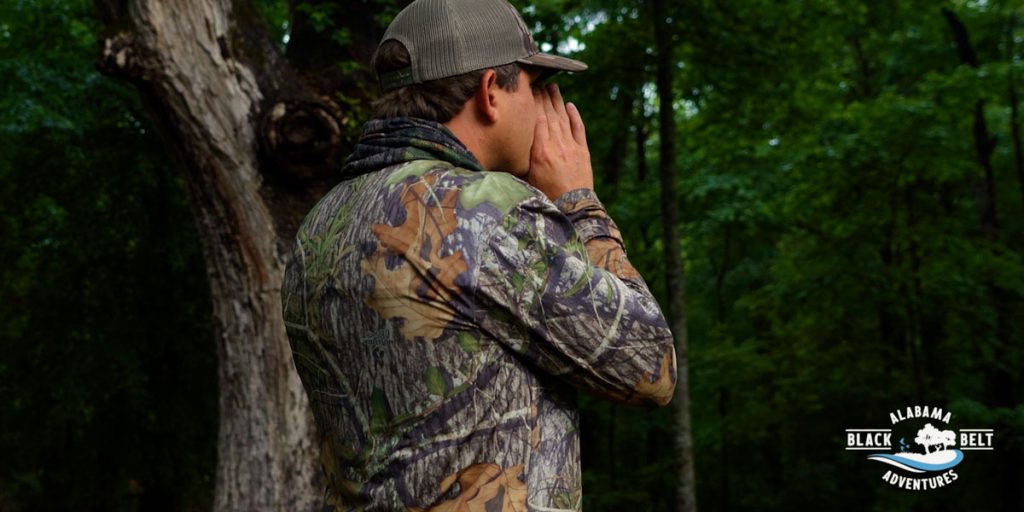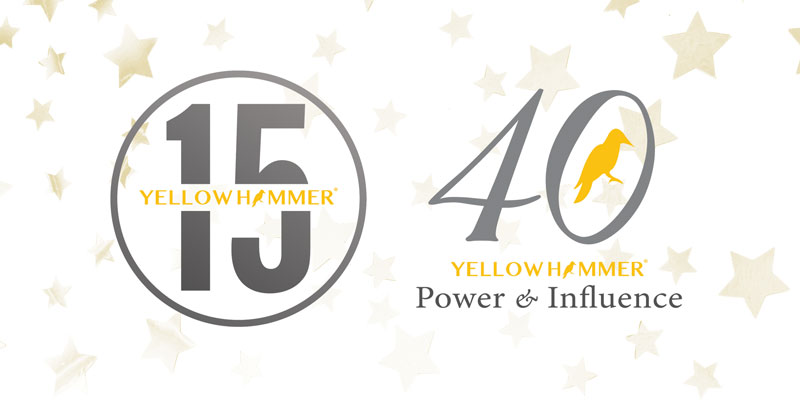The Alabama Wildlife and Freshwater Fisheries (WFF) Division’s Hunter Education Program wants to teach old hunters new safety tricks. Actually, these are not new safety tricks, but experienced hunters seem to be failing to follow them, according to last year’s hunting accident reports.
During the 2018-2019 hunting seasons, 15 treestand accidents were reported, and more than half of those individuals were age-exempt from having to complete a hunter education course. Of the five who did take the hunter ed course, all under the age of 40, only one of those was wearing a full-body harness when the accident occurred.
“That full-body harness probably saved his life or saved him from serious injuries,” said Marisa Futral, Hunter Education Program coordinator. “He fell asleep in his stand, but he lived to see another day. He did everything he was supposed to do, excluding the falling out of the tree part. Three of the 15 accidents were fatalities. Still, a lot of these injuries could have been prevented with a full-body harness.”
For those born on or after Aug. 1, 1977, must complete the hunter education course before they can purchase a hunting license. However, Futral urges everyone who plans to pursue game this fall to take the hunter ed course.
“Even if you are grandfathered in, there’s always something you can learn,” she said. “I’ve noticed over the years that it is the hunters who don’t have to take the course are the ones having the accidents.
“I think the mentality is they’ve been hunting their whole life and get complacent. But those older hunters could learn a lot by taking the hunter education course, which is a lot more than firearms safety. The No. 1 hunting accident is falling out of trees. That is covered extensively in the hunter ed class.”
Of the three fatalities, none were wearing a full-body harness. Two of the fatalities were using climbing stands, while the other was in a hang-on stand.
The accident reports indicated one fatality occurred when the hunter was using a climbing stand and was about 21 feet off the ground when the straps on the stand broke.
The other fatality using a climbing stand also fell 21 feet when rusty connectors broke as he was sitting in the stand.
“One of the problems is that people aren’t inspecting their equipment before they climb,” Futral said. “You cannot leave your stands in the woods all year and expect them to be safe.”
The hunter who was using the hang-on was killed when he apparently fell as he climbed into the stand.
“If they had been wearing full-body harnesses, they would probably still be alive,” Futral said.
Futral also stresses that hunters should be connected to the tree in some way when they are climbing and descending the tree. Several accidents have occurred when hunters have been wearing safety harnesses but fell going up or coming down the tree. Several products are available that keep hunters attached to the tree at all times.
Of the non-fatal treestand accidents, the 11 who were not wearing full-body harnesses suffered a variety of injuries, including broken bones and internal injuries.
“Again, the guy who wore a harness had no major injuries,” Futral said. “You don’t have to suffer the consequences of a major injury.”
WFF Hunter Education stresses the following 11 guidelines for using a treestand safely:
- Always wear a safety harness, also known as a fall-arrest system, when you are in a treestand, as well as when climbing into or out of a treestand. Statistics show that the majority of treestand incidents occur while climbing in and out of a stand.
- A safety strap should be attached to the tree to prevent you from falling more than 12 inches.
- Always inspect the safety harness for signs of wear or damage before each use.
- Follow all manufacturers’ instructions for use of a safety harness and stand.
- Follow the three-point rule of treestand safety. Always have three points of contact to the steps or ladder before moving. This could be two arms and one leg holding and stepping on the ladder or one arm and two legs in contact with the ladder before moving. Be cautious that rain, frost, ice or snow can cause steps to become extremely slippery. Check the security of the step before placing your weight on it.
- Always hunt with a plan and, if possible, a buddy. Before you leave home, let others know your exact hunting location, when you plan to return and who is with you.
- Always carry emergency signal devices such as a cell phone, walkie-talkie, whistle, signal flare, PLD (personal locator device) and flashlight at all times and within reach even while you are suspended in your fall-arrest system. Watch for changing weather conditions. In the event of an incident, remain calm and seek help immediately.
- Always select the proper tree for use with your treestand. Select a live, straight tree that fits within the size limits recommended in your treestand’s instructions. Do not climb or place a treestand against a leaning tree.
- Never leave a treestand installed for more than two weeks since damage could result from changing weather conditions and/or from other factors not obvious with a visual inspection.
- Always use a haul line to pull up your gear and unloaded firearm or bow to your treestand once you have reached your desired hunting height. Never climb with anything in your hands or on your back. Prior to descending, lower your equipment on the opposite side of the tree.
- Always know your physical limitations. Don’t take chances. Do not climb when impaired by drugs, alcohol or if you’re sick or unrested. If you start thinking about how high you are, stop climbing.
Alabama hunters also had several firearms-related accidents during the 2018-2019 season with three fatalities and two non-fatal incidents.
Two of the fatalities were self-inflicted. One was in a shooting house when the accident happened. The other occurred when the hunter fell, and his handgun discharged. One fatality occurred when a hunter was mistaken for game.
One of the two non-fatal accidents happened during a dove-hunting outing. The shooter covered another hunter while swinging on a dove. Failure to check beyond the target, a deer, resulted in the second non-fatal accident.
When I write about having a safe and enjoyable hunting season, I always list the 10 commandments of firearms safety:
- Treat every firearm as if it is loaded.
- Control the muzzle of your firearm. Keep the barrel pointed in a safe direction; never point a firearm at anything that you do not wish to shoot and insist that your shooting and hunting companions do the same.
- Be sure of your target and beyond. Positively identify your target before you fire, and make sure there are no people, livestock, roads or buildings beyond the target.
- Never shoot at water or a hard, flat surface. A ricocheting bullet cannot be controlled.
- Don’t use a scope for target identification; use binoculars.
- Never climb a tree, cross a fence or jump a ditch with a loaded firearm.
- Store guns and ammunition separately. Store firearms under lock and key, and use a gun case to transport firearms.
- Make sure your barrel and action are clear of all obstructions.
- Unload firearms when not in use. Never take someone else’s word that a firearm is unloaded. Check yourself.
- Avoid drugs and alcohol when hunting or shooting. Even some over-the-counter medicines can cause impairment.
Even if you’ve been hunting all your life, Futral urges both experienced hunters and young hunters to complete the hunter education course for a variety of reasons.
“You don’t have to wait until you’re 16 to take the hunter education course,” Futral said. “You can take it as early as 10. Don’t wait until the last minute. For the older hunters, there’s always something they can learn. You may have been hunting all your life, but there may be one bit of information that you hadn’t thought about that could save your life. Take a young person to hunter ed class and sit in with them. It’ll be a good experience for both.”
David Rainer is an award-winning writer who has covered Alabama’s great outdoors for 25 years. The former outdoors editor at the Mobile Press-Register, he writes for Outdoor Alabama, the website of the Alabama Department of Conservation and Natural Resources.




